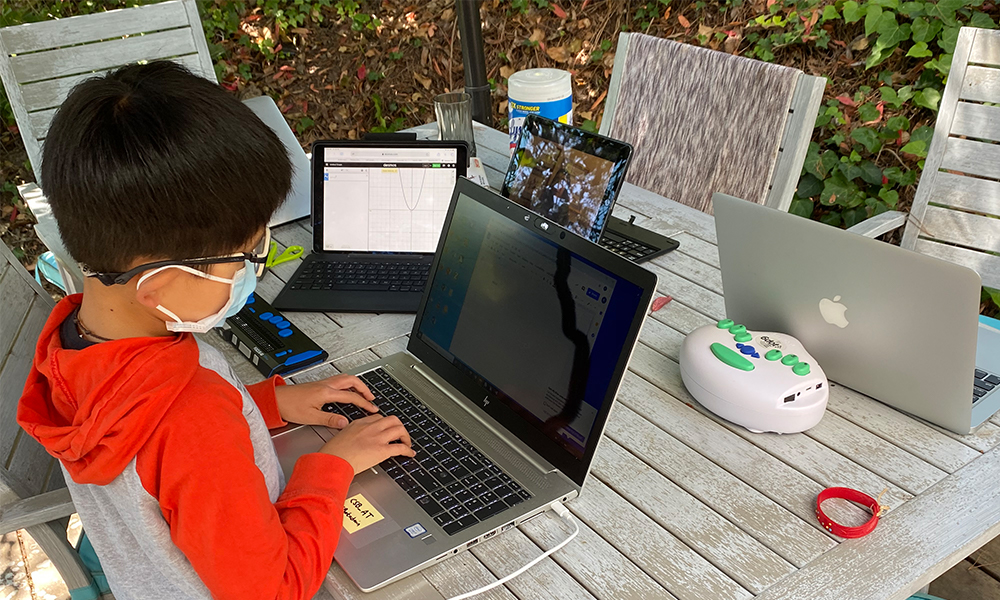We are grateful to the thousands of individuals who have responded to our surveys. As you well know, the research reports that we released for Flatten Inaccessibility and Access and Engagement demonstrated significant impacts of the pandemic on access to education, transportation, employment, and healthcare. As AFB continues our efforts to ensure that policymakers recognize and resolve these issues, we have prepared a set of resources that you can use in your own self-advocacy. For each research report, we published blog posts about how to use the reports as tools for advocacy. You can find links to those posts below:
- Five Ways to Use the Flatten Inaccessibility Report to Raise Awareness in Your Community
- It Takes a Village: Join the Access and Engagement Village and Advocate for the Education of Students with Visual Impairments
We also know that you may need more information to advocate on the issues that are most important to you. We encourage you to explore different advocacy routes below—from advocating with your child’s teachers to contacting local policymakers and members of Congress.
If you are using either report to advocate for yourself, we’d also appreciate learning how you are using the report in your advocacy, so that we can amplify your voice. Please reach out to the research team at access_report@afb.org or flatten_report@afb.org.
Quick Links:
In case you missed them, AFB hosted a series of three Town Halls based on the results of the Flatten Inaccessibility and Access and Engagement reports. These Town Halls contain a wealth of information on timely topics important to people who are blind or have low vision, family members, educators, employers, policymakers, and anyone else who is invested in accessibility and inclusivity for those with vision loss.
